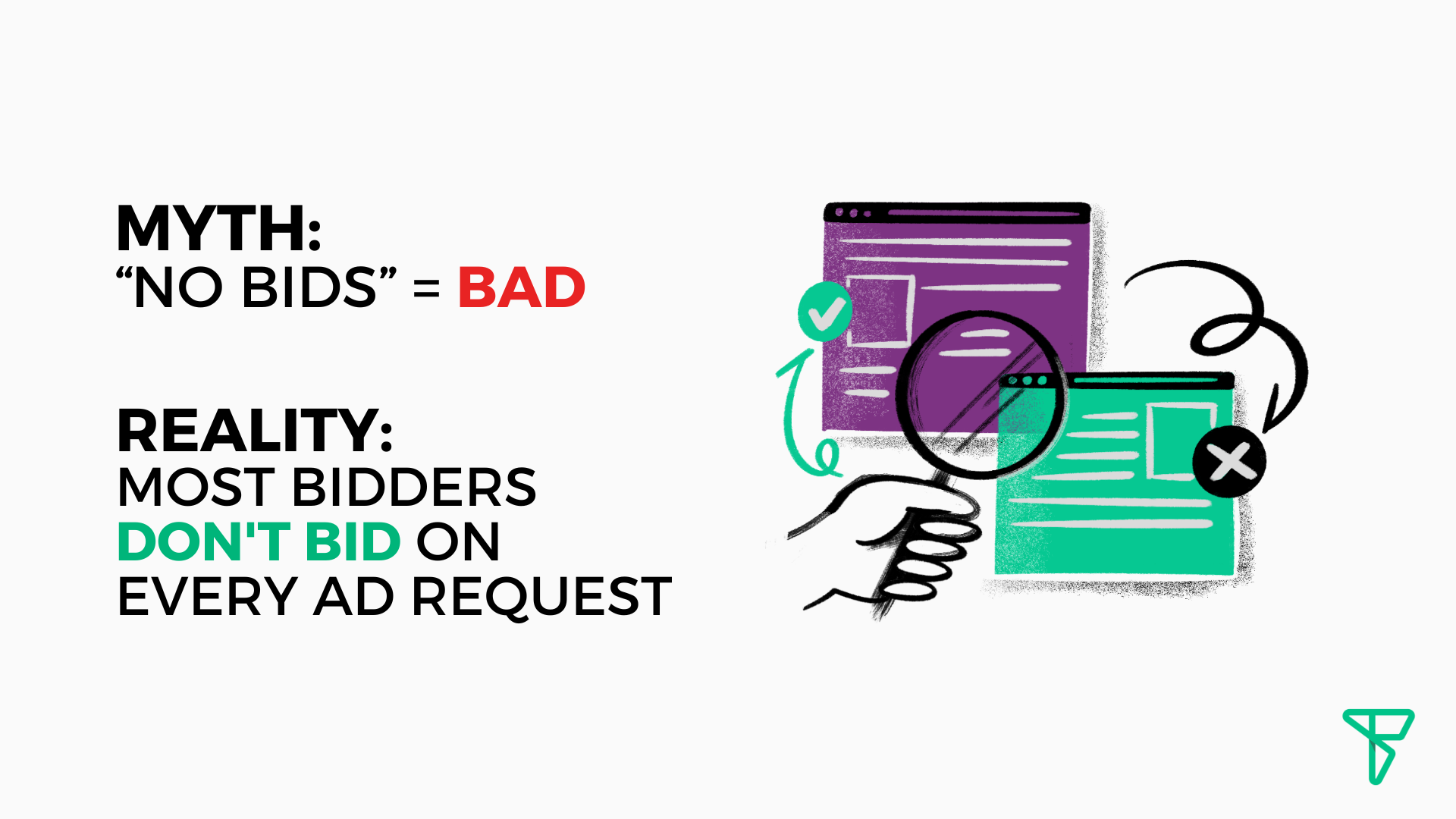Video Advertising Techniques Publishers Should be Using To Monetize Their Website
In the ever-evolving landscape of digital advertising, video monetization has emerged as a powerful tool for publishers looking to increase their revenue streams. As internet users continue to consume video content at a staggering pace, it’s essential for publishers to tap into the potential of video advertising. In this blog post, we’ll explore some effective video advertising techniques that publishers should be using to monetize their websites or apps successfully.
In-Stream Video Ads
In-stream video ads are short video clips that play before, during, or after the main video content. Publishers can monetize their video content by incorporating in-stream ads. These can be further categorized into:
- Pre-Roll Ads: These ads play before the main video and are typically 15 to 30 seconds long. They’re a popular choice because of their high visibility.
- Mid-Roll Ads: These ads appear during the video, often at natural breaks in the content. They are less intrusive than pre-rolls and can lead to higher engagement.
- Post-Roll Ads: These ads play after the main video content has concluded. While they may have lower viewership, they can still be effective if the content is engaging enough to retain the audience.
Out-Stream Video Ads
Out-stream video ads, also known as native video ads, are standalone video units that appear within non-video content, such as articles or social media feeds. These ads are less intrusive and can be a great option for publishers who want to monetize without relying solely on video content.
Interactive Video Ads
Interactive video ads are designed to engage users actively. They often include interactive elements like polls, quizzes, or clickable links within the video. These ads can boost user engagement and increase ad revenue.
Video Header Bidding
Video header bidding is a programmatic advertising technique that allows publishers to auction their video ad inventory to multiple demand sources simultaneously. This increases competition among advertisers and can lead to higher CPMs (Cost Per Mille) for publishers.
Video Ad Personalization
Personalization is a key trend in digital advertising. By leveraging user data and AI-driven algorithms, publishers can serve video ads that are highly relevant to individual users. This not only improves user experience but also boosts ad revenue through increased engagement and click-through rates.
Mobile Optimization
As mobile device usage continues to rise, it’s crucial for publishers to optimize their video ads for mobile viewing. This includes ensuring that video ads are responsive and load quickly on mobile devices.
Ad Placement and Frequency
Careful consideration of ad placement and frequency is essential. Publishers should strike a balance between monetization and user experience. Too many ads or poorly placed ads can drive users away, while a well-placed, well-timed ad can enhance the overall viewing experience.
Quality Content Production
Finally, quality content production cannot be overlooked. High-quality video content is more likely to attract advertisers willing to pay a premium for ad placements. Publishers should invest in creating compelling and engaging video content that appeals to their target audience.
In conclusion, video advertising presents a significant opportunity for publishers to monetize their websites or apps effectively. By incorporating in-stream and out-stream ads, embracing interactivity, optimizing for mobile, and personalizing content, publishers can tap into the full potential of video advertising. Additionally, utilizing programmatic techniques like video header bidding and striking the right balance with ad placement and frequency will contribute to a successful video monetization strategy. Ultimately, the key to successful video advertising for publishers lies in delivering engaging content while maximizing revenue potential.





